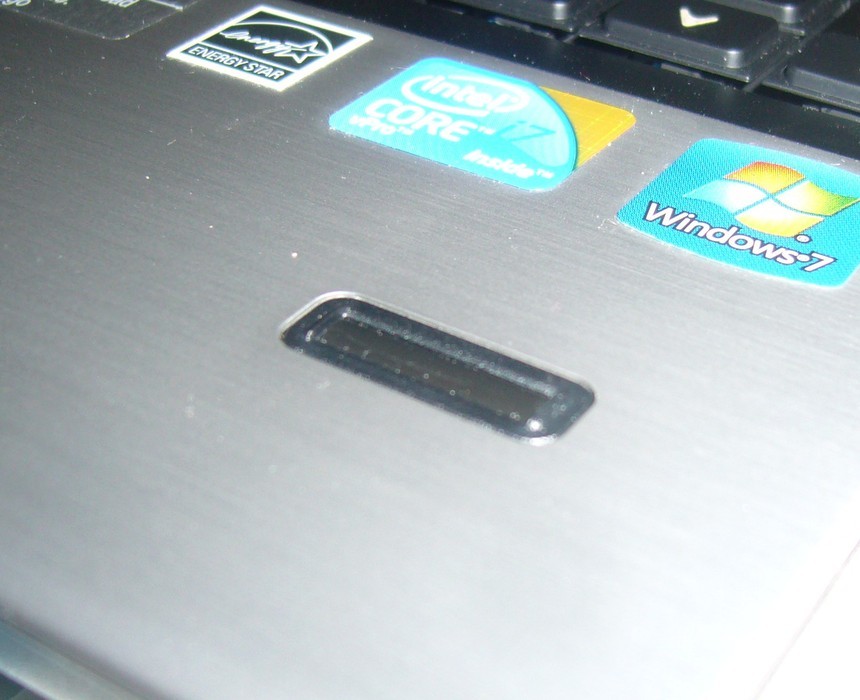- Hp Elitebook 8460p Unknown Device Driver Windows 10 Download
- Hp Elitebook 8460p Unknown Device Driver Windows 10 64-bit
- Hp 8460p Drivers Windows 7
With Windows 10 having officially released earlier this week, I decided it was time to get on the bandwagon and upgrade my Windows 7 Enterprise laptop to Windows 10 Enterprise. A large part of my motivation for performing this upgrade was to get rid of all the junk that has built up over the years (anybody who has used SQL Server Management Studio or Visual Studio knows just how many different component versions can pile up over time), so I had no intention of even trying an upgrade. Clean install all the way!
Install HP EliteBook 8460p laptop drivers for Windows 10 x64, or download DriverPack Solution software for automatic drivers intallation and update. After an upgrade from Windows 7, 8 or 8.1 to Windows 10 is completed, the HP 3D DriveGuard driver is displayed as an unknown device. Device Manager displays an exclamation mark (yellow bang) indicating there is a problem with the driver. Just updated my HP elitebook 8460P to Windows 10 pro build 1703 It has a 7200 rpm 320GB hdd and 6gb of ram and is a 2.30 GHZ i5 processor. Wondering now if I should change out the hdd to a 160gb ssd drive and wondering if it will make much improvements to performance or if it is more trouble to do seeing as I would have to install the ssd. Just did a clean install of 10 on a laptop that had 10 already on it. Device manager is showing unknown device. The device id is; ACPI venasd&dev0001. I have searched to find what this is with confusion. I cannot figure out what driver from HP it is. Trying not to use HP assistance because I need to learn.
For reference, I’m using an older laptop, an HP EliteBook 8460p. The installation went off without a hitch and on bootup, the system was fully functional. Looking in Device Manager, there were only 4 unrecognized devices (which is great since no drivers from HP’s website had yet been installed). For each unknown device, it’s possible to right click on it, select Properties and then the Details tab, then find the Hardware Ids item. If you then search for one of the items in the value field, it’s almost guaranteed that someone on the Internet has already search for and identified what that component was.
In my case, I was missing drivers for four pretty non-critical devices:


Hp Elitebook 8460p Unknown Device Driver Windows 10 Download
- “Trusted Platform Module” – The Windows 8.1 version of the Intel Chipset drivers available on HP’s support site for the laptop took care of this one.
- “JMicron Card Reader – The Windows 8.1 version of the Card Reader available on HP’s support site for the laptop took care of this one.
- “HP 3D DriveGuard” – Skipped, unneeded
- “Validity Sendor Driver” – Skipped, unneeded
Hp Elitebook 8460p Unknown Device Driver Windows 10 64-bit
Everything seemed to be running great from a hardware standpoint until I noticed that my sound seemed really quiet. My typical setup at the office is for the HP EliteBook 8460p to be docked in a standard HP docking station with external speakers plugged into the docking station’s audio out jack. It turns out only the laptop’s internal speakers were functioning. I verified that the sound device was properly detected and showing correctly in Device Manager as an IDT audio device and everything looked good in the Sounds control panel applet. I performed a full Windows Update and let it grab any drivers it wanted to update and the issue continued.


Hp 8460p Drivers Windows 7

After a bit of research, I determined that even though the sound drivers install natively with the Windows installation, the full sound driver/software package from HP is needed for the dock’s audio jack to function. There isn’t a Windows 10 version of this, but fortunately the Windows 8.1 version seems to work just fine. It hasn’t been updated since November of 2013, but I guess if it ain’t broke, don’t fix it.
After resolving those minor issues, installed my Samsung SSD software, all remaining Windows Updates, and then it was time to begin the journey of reinstalling a lot of software. Altogether, I’m very happy with how well Windows 10 performs on hardware that is definitely far from new.
